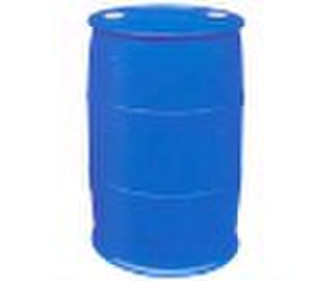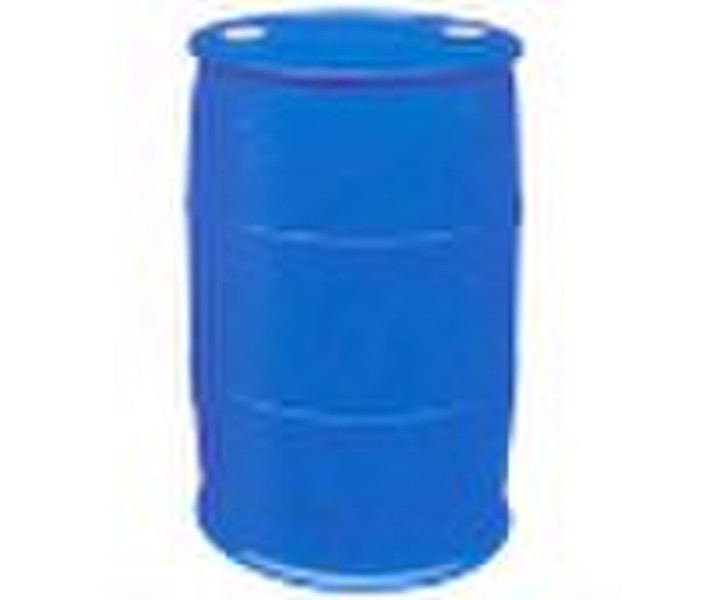Каталог
-
Каталог
- Автомобили и мотоциклы
- Безопасность и защита
- Бизнес
- Бытовая техника
- Бытовая электроника
- Детали машин и услуги по их изготовлению
- Дом и Сад
- Здоровье и медицина
- Игрушки и хобби
- Изделия из металла
- Измерительные и анализирующие приборы и инструменты
- Инструмент
- Красота и личная гигиена
- Мебель
- Мероприятия по охране окружающей среды
- Минералы и металлургия
- Модные аксессуары
- Обувь и аксессуары
- Одежда
- Освещение
- Подарки, сувениры
- Продовольственные товары и напитки
- Промышленное оборудование и техника
- Резина и пластмассы
- Сельское хозяйство
- Специальное оборудование
- Спорт, отдых и досуг
- Сток
- Строительство и недвижимость
- Текстиль и кожа
- Телекоммуникации
- Товары для офиса, учебы. Канцтовары
- Транспорт
- Упаковка и печать
- Химикаты
- Часы, Украшения, Очки
- Чемоданы, сумки
- Электронные компоненты, оборудование, принадлежности
- Электротехническое оборудование и принадлежности
- Энергия
Filters
Search
ацетилхлорид (75-36-5), с анализом min99%
ориг. цена: 1 600 USD
Дунъин, Китай
Объем производства:
300 Тонна / Месяц

ava wang
Контактное лицо
Основные данные
| Классификация | Herbicide |
|---|---|
| CAS никакой. | 75-36-5 |
| Другие названия | AKOS BBS-00003929;acetic acid chlo... |
| МФ | C2H3ClO |
| Регистрационный номер EINECS | 200-865-6 |
| Место происхождения | Shandong China (Mainland) |
| Степень чистоты | min 99% |
| Применение | produce organic compounds |
| Бренд | DAFENG |
| Номер Модели | 75-36-5 |
| Состояние | Жидкость |
1. Product name Acetyl chloride Alias ethanoyl chloride Appearance colorless liquid, with irritative smell; fume, inflammable Moleculai formula C2H3ClO; CH3CClO Molecular Weight 78.50 Cas 75-36-5 Einecs 200-865-6 Hazard no. 3 UN number 1717 Package 200kg/drum Assay 99% Flash point 4°C Melting point -112°C Boiling point 51°C Vapor tension 12.1kPa/0°C Stablity stable 2. application: Acyl is a radical formed from an organic acid by removal of a hydroxyl group. The general formula of acyl compound is RCO-. Acyl halide is one of a large group of organic substances containing the halocarbonyl group, have the general formula RCO·X, where X is a halogen atom (fluorine, chlorine, bromine, iodine, and astatine) and R may be aliphatic, alicyclic, aromatic, and H etc. In substitutive chemical nomenclature, their names are formed by adding '-oyl' as a suffix to the name of the parent compound; ethanoyl chloride, CH3COCl, is an example. The terms acyl and aroyl halides refer to aliphatic or aromatic derivatives, respectively. Acyl halides are made by replacing the -OH group in carboxylic acids by halogen using halogenating agents. They react readily with water, alcohols, and amines and are widely used in organic synthetic process whereby the acyl group is incorporated into the target molecules by substitution of addition-elimination sequence called acylation reaction. Acylation reaction involves substitution by an electron donor (nucleophile) at the electrophilic carbonyl group (C=O). Common nucleophiles in the acylation reaction are aliphatic and aromatic alcohols, both of which give rise to esters and amines (RNH2) which give amides. The carboxylic acid (X = OH) itself can function as an acylating agent when it is protonated by a strong acid catalyst as in the direct esterification of an alcohol. Two common acylation agents, with the general formula RCOX, are acid halides (X = halogen atom) and anhydrides (X = OCOR). Schotten-Baumann reaction is an acylation reaction that uses an acid chloride in the presence of dilute alkali to acylate the hydroxyl and amino group of organic compounds. There are also other acylating agents. Acid chlorides are used as very reactive intermediates to prepare carboxylic acid derivatives including anhydrides, esters and amides because of the two strong electron withdrawing chlorine and oxygen on the carbonyl compound, and positive charge carbon accordingly. It is easy for a weak nucleophile to attack the carbon. Acid chlorides are also reactive with Gilman reagents to prepare large molecules from smal ones by replacing the halides with an organic group. Acetyl Chloride is a clear, corrosive and fuming liquid; melting point of -112 C, boiling point of 51-52 C, refractive Index of 1.3890. It undergoes violently hydrolysis in presence of atmospheric moisture. It is soluble in ether, acetone, and acetic acid. It is prepared by reacting acetic acid with a halogenating agent such as phosphorus(III or V) chloride or sulphur dichloride oxide. It is widely used as an acetylating agent in the synthesis of fine chemicals, agrochemicals and pharmaceuticals. The hydrogen atoms replace oxygen atoms in alcohols or nitrogen atoms in amines, which protects amine groups during amino acid synthesis. It is also used as an intermediate for dyes. It is also used to determine water in organic liquids and in testing cholesterol. 3.other information:Hazard Symbols: F C, Risk Phrases: 11-14-20-34, Safety Phrases: 9-16-26-45
Условия поставки и упаковка
Packaging Detail: 200kg/drum Delivery Detail: within 10 days
Порт: qingdao
Условия оплаты
Аккредитив
Электронный перевод
-
Способы оплаты
Для оплаты товаров и услуг на нашем портале, Вы всегда получаете счет, в котором Вам необходимо самостоятельно указать свои данные.
Мы принимаем к оплате:









